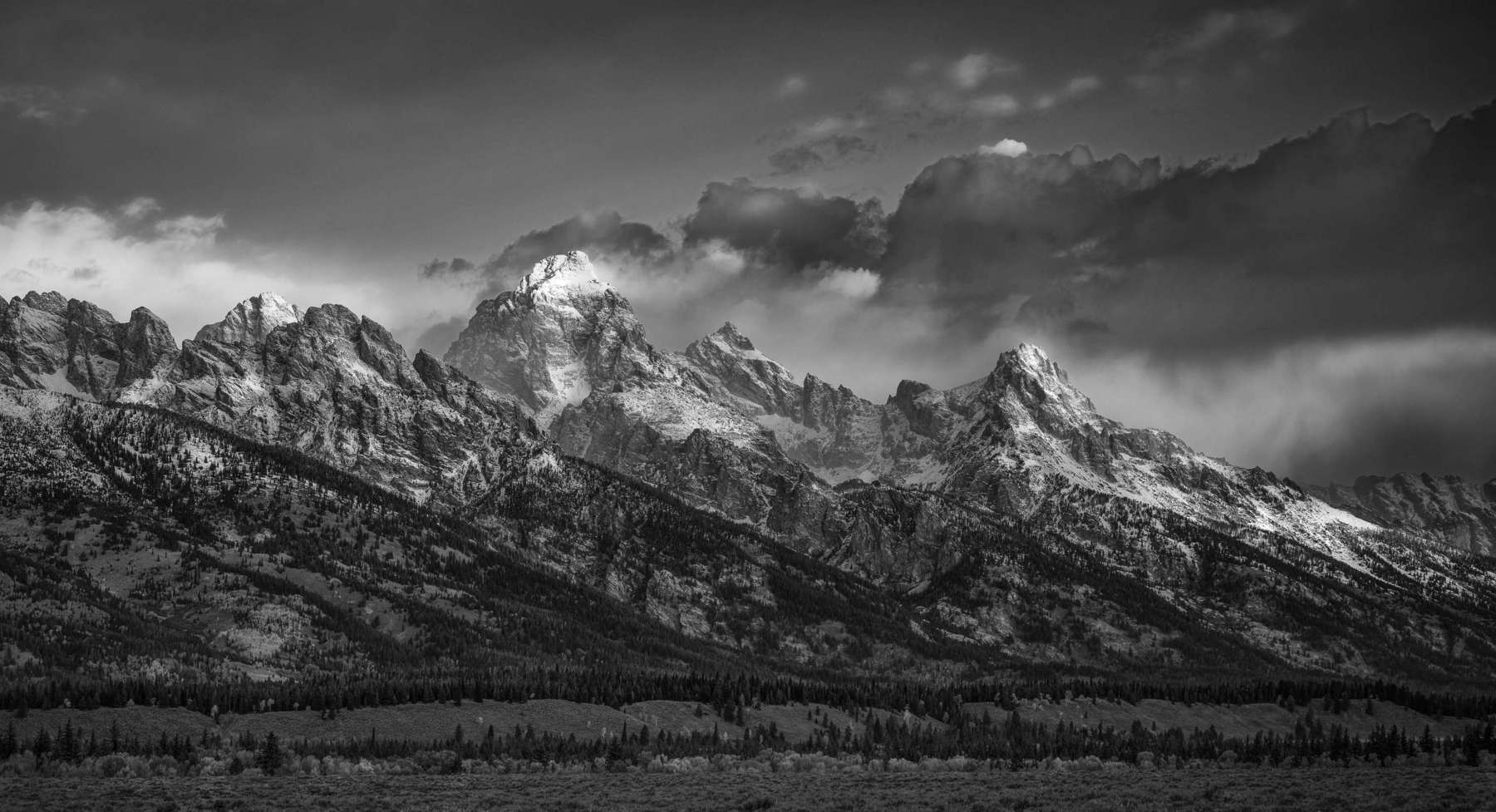Originally published as The Revolution, in On Landscape magazine, Volume 226
Tell the truth and honor the place.
Jack Dykinga
photoshop - transitive verb.: to alter (a digital image) with Photoshop software or other image-editing software especially in a way that distorts reality (as for deliberately deceptive purposes)
Merriam-Webster Dictionary
The subject of Guy Tal's recent article, On Photographic Technology, (Vol. 213), may represent a sea change in landscape photography, yet it appears to have slipped by largely unchallenged. It is an important topic for us, especially with the recent introduction of artificial intelligence algorithms by Adobe and Luminar.
To summarize his position, Guy believes that the viewing public should - indeed, has - come to expect that landscape photographs are digitally manipulated by the photographer into an interpretation of a scene that did not actually exist. He said, "representation of realistic appearances is no longer the default, and may soon no longer even be the primary, use for photography."
Referring to realistic photography, he asserts, "those who choose to practice this kind of photography will have to distinguish their work as such" and to "cease relying on common ignorance of the creative potential of the medium that is unlikely to persist."
This is an important event in the history of landscape photography because it provides justification for the use of artificial intelligence. If traditional, reality-based photography has been pushed aside by creative digital photographers in pursuit of their artistic expression, the door is open to allow machines to further assist the artist-photographer in creating an entirely new level of abstraction.
Guy's reference to GPS for navigation is a perfect analogy for AI. Just as pushing a button produces a pleasant female voice that guides us unthinking to our destination, soon all we will have to do is push a button to create a fantastic landscape image. AI will learn our creative tendencies, anticipate what we would create on our own and create an artistic expression for us through the miracle of mathematics.
According to recent push-emails from Luminar, AI will alter your image to "create breathtaking results" based on analysis of "thousands of shots from pro photographers." This program will transform any photo into a "stunning masterpiece in the blink of an eye," the purpose of which is to "bring you artistic success."
In other words, soon you won't have to take a great picture or learn all that Photoshop stuff, or luminosity masks, in order to garner Likes, win big competitions, teach workshops and represent brands. Just one click and you will leave Alex Noriega in the dust.
There you have it. The machine is going to do the work to make you an artist.
The natural extension of Guy's thesis is that landscape photography will have moved from in-camera work based on reality, to creative post-processing based on imagination, to machine-created art based on algorithms. People who embrace this new technology will argue that the resulting masterpiece is based on their machine-learned creative history and, therefore, really is their creation. They just didn't have to actually do anything to create it.
Several photographers, with well-subscribed social media outlets, have openly lamented the arrival of AI and have expressed skepticism about its use in landscape photography. But isn't this the same as, say, film-based photographers lamenting the use of Photoshop to alter images? AI is just one more step in the progression of technology to assist photographer-artists in self expression. The silly part is that it creates rifts among us.
There is a way we can all pursue our passions without animosity towards each other, or towards each other's creative paths. Guy suggested that the realist photographers need to identify their images as such. Take that one step further. We all should identify our work as a process genre within landscape. Stupid idea, you say? Painters do it. They don't just have paintings, they have genres within genres. They have oils, acrylics, water colors, sketches, etc. They have photorealism, cubism, dadaism, impressionism, romanticism, etc., within portraiture, landscape, abstract, etc.
Realist photographers could proclaim their work as, well, photographs. Digital creatives could identify their work as photo-illustrations. And AI artists will find a word to identify their art.
This should be supported, possibly even required, by venues such as contests, exhibitions, publications and social media. The images would not have to be watermarked as such, but rather mentioned in the accompanying text. "Fred's work brings a realistic view of the natural world." "Ginger uses images captured in nature as a basis for her creative expression." Images could be identified in metadata as a keyword. "Landscape, Portugal, sunset, photo-illustration."
We should not throw this on the public to figure out, or expect that they will assume all landscape photographs are a product of whatever the latest technology allows. Soon, landscape "photographs" will include everything from a well-executed picture of reality to a substantially fabricated creation. Now is the time to establish different genres within the field. Photographic technology is forcing us to make these declarations.
